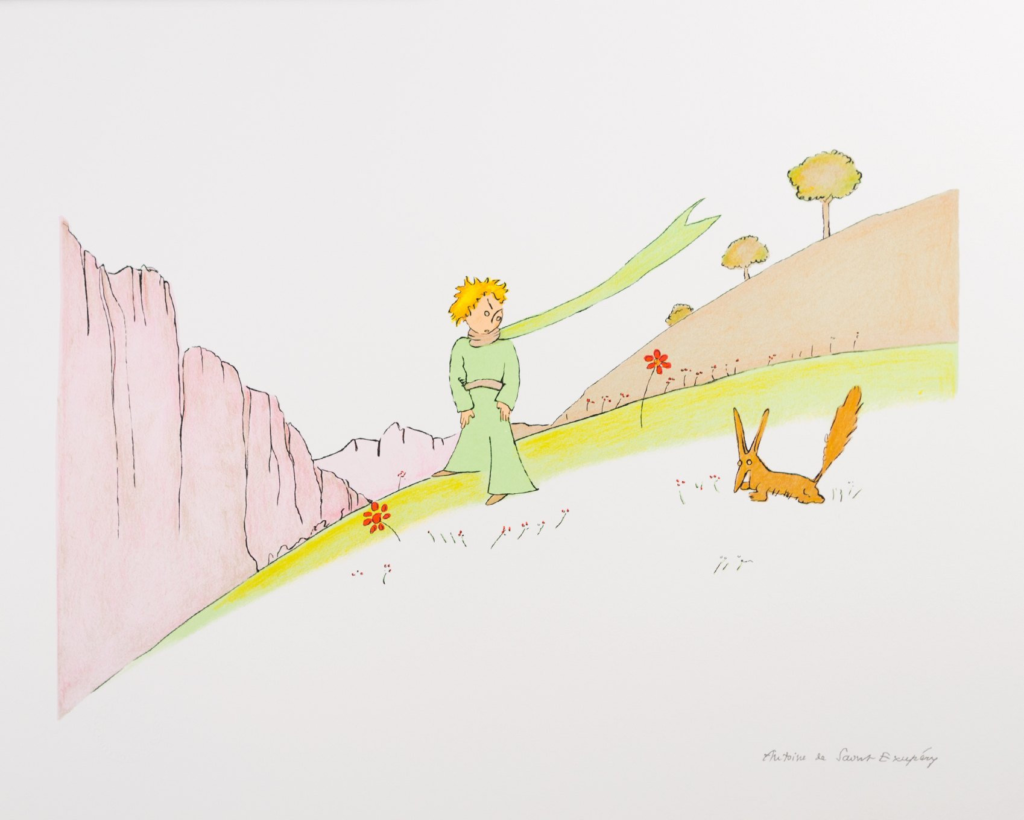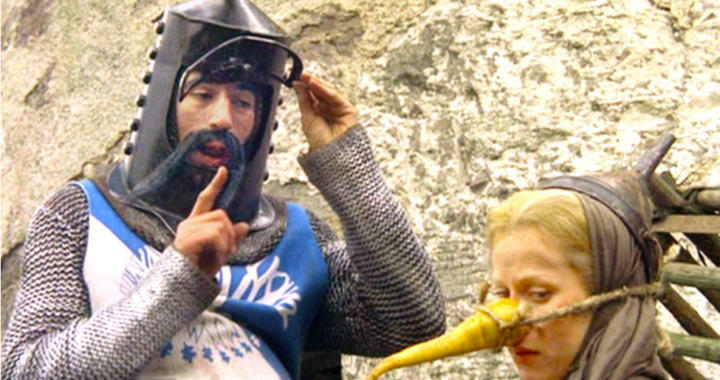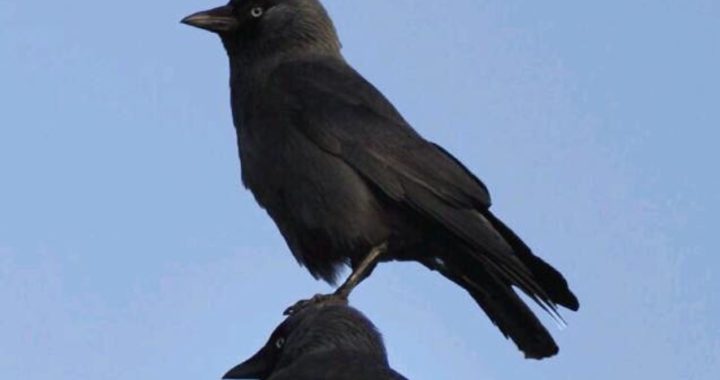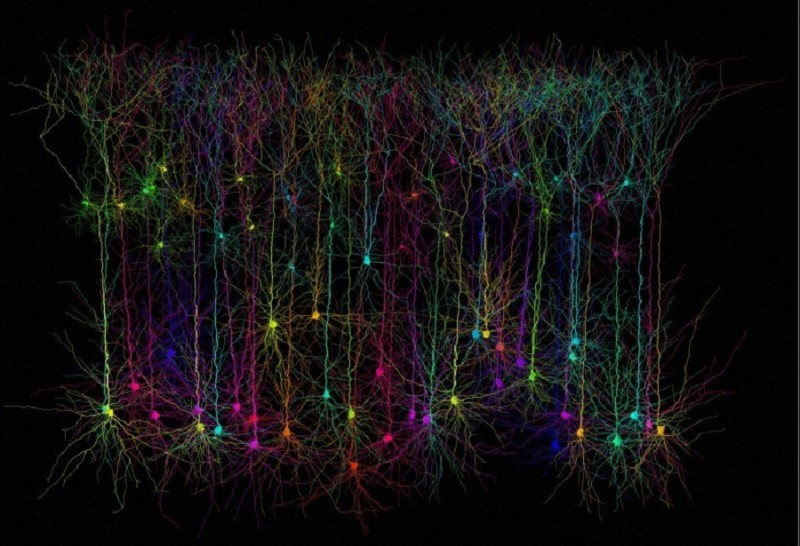And now here is my secret, a very simple secret: It is only with the heart that one can see rightly; what is essential is invisible to the eye.
The Little Prince by Antoine Saint-Exupery is, for millions of people worldwide, their favorite book. In the book, the narrator is a pilot who crashes in the desert (which actually happened to Saint-Exupery). He meets a strange, distant boy whom he called ‘the little prince’, who represents his own child-like personality. The little prince comes from an asteroid that has two volcanos with an inconsolably unhappy rose (mirroring his own relationship with Consuelo de Saint Exupéry, who came from a town in El Salvador flanked by two volcanos). He is looking for a sheep to eat the baobab trees that keep overrunning his own little planet.
Together, the pilot and the prince explore several other asteroids. They meet a king, a vain man, a drunkard, a businessman, a lamplighter, and a geographer, who all represent archetypal characters that everyone has met.
These fictional characters are not merely allegorical; they are archetypal representations of every known area of the human brain.
Starting in 2015, I have invested a great deal of effort over the past five years to bring to life a massively expanded version of The Little Prince. My version is so large that it does not fit on a little planet or even a book; it requires a graph database structure that I have named the Neuromythograph.
These fictional characters are not merely allegorical; they are archetypal representations every known area of the human brain. Instead of creating my own characters, I have borrowed mythological characters eclectically from every domain, including ancient mythology, scriptures, historical figures, computer scientists, painters, and even Disney characters. This is in order to try to connect to universal archetype meanings as already ‘crowdsourced’ in mythology.
This has led to a catalog of more than 925 brain areas, along with more than 125 neurotransmitters and 160 neurotransmitter receptors. Instead of asteroids, I imagine all of these areas as caverns in which the characters live, with tunnels leading to near and distant areas that are connected by long-range axonal projections. The 925 brain areas are connected by more than 19,000 physiological and functional connections, as hand-extracted from the literature during my research. On top of this is a concept ontology index representing real-world concepts, and how they are related to each of these biological entities, according to more than 4,800 neuroscience studies that I have curated and connected into the Neuromythograph.
The idea is that this Neuromythograph is a navigable space for everyone to explore, and see how abstract words that we use like ‘altruism’ and ‘cognitive dissonance’ actually sit in the brain, and how they interact with other characters, and what sorts of energies and energy receptors they are under the influence of. There is incredible complexity there, but also great beauty, and a-ha! insights daily.
All of this work was done now because 2016 was the first time in history that a reference map of the brain was available, along with a huge treasure trove of neuroscience studies, instantly searchable thanks to modern technology. Through a series of synchronicities, I was called to do it, and so I did. The work is continually refined: archetypes are reassigned as new research comes out, the behaviors of various brain areas are revealed, and new neuroscience gives us new food for thought.
The larger motivation for my work is to open up the brain to mystical-minded people such as Jungian analysts. I also offer an alternative set of scientific interpretations to the social constructionist scientism that keeps spilling out from its university hosts periodically like HSV-1 seasonally erupts from the trigeminal ganglion. I can not foresee all the applications that this work will spawn, but I hope to be exploring the neuromythographic universe together with you in the near future.




